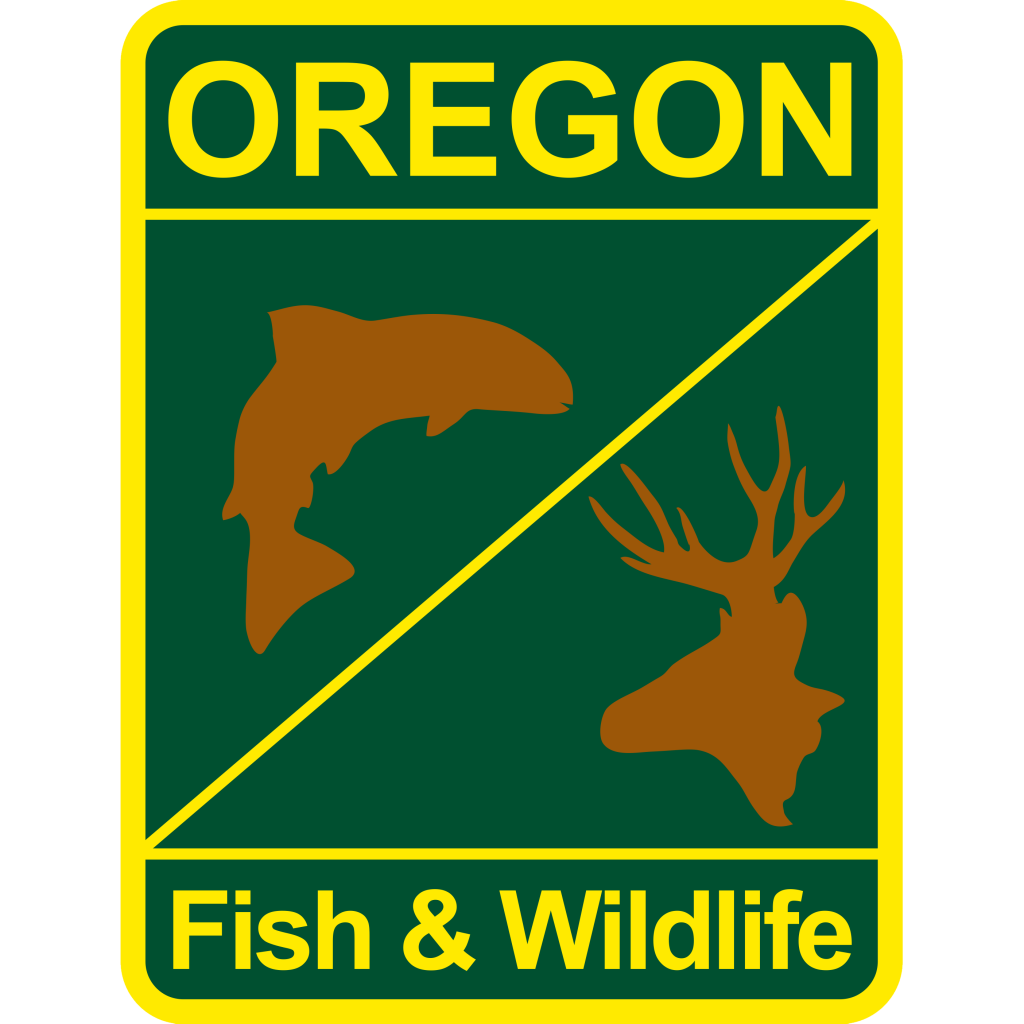These are in-season regulation changes adopted on a temporary or emergency basis. Please see e-regulations for permanent regulations.
DUNGENESS CRAB
- Recreational crabbing is open in bays and estuaries, and on beaches, docks, piers, and jetties along the entire Oregon coast from the Columbia River to the California border,
- For recreational crab harvesters, it is recommended that crab always be eviscerated prior to cooking, which includes removal and discard of the viscera, internal organs, and gills.
- Because of Oregon’s precautionary management of biotoxins, the crab and shellfish products currently being sold in retail markets and restaurants are safe for consumers.
- Before clamming or crabbing, call ODA’s shellfish safety information hotline at (800) 448-2474 or visit the ODA shellfish closures web page at: http://ODA.direct/ShellfishClosures
- The consumption of crab viscera is not recommended.
Effective Jan. 1, 2020, recreational crabbers will need to mark all floating surface buoys with the owner’s full name or business name and at least one of the following: phone number, permanent address, ODFW Angler ID number, or vessel identification number. Mark your information in a clear, legible, and permanent manner. While this rule does not apply to gear tied to docks, piers, jetties, or beaches, we recommend marking buoys on any gear that could become derelict or lost. Find more information here.
RAZOR CLAMS
- North coast beaches OPEN from the Columbia River to Tillamook Head (south of Seaside)
- CLOSED from Tillamook Head to the California border.
MUSSELS
- Mussel harvesting now open along the entire Oregon coast.
Always check for closures at the ODA Shellfish Safety page before clamming or crabbing. http://ODA.direct/ShellfishClosures
RAZOR CLAM
The north coast beaches from the Columbia River to Tillamook Head (south of Seaside) are now open to razor clamming. However, it remains closed from Tillamook Head to the California border.
Always call the ODA shellfish safety hotline at 1-800-448-2474 or ODA shellfish closures website before harvesting for the most current information about shellfish safety closures.
BAY CLAMS
Check out the Where to Clam articles for places to find them. You can also get more clamming maps here or at the coastal ODFW offices.
Negative low tides switch from daytime to night in the winter, clammers should use extra caution when clamming because of poor visibility. Monitor swell and surf advisories before going out to make sure you will have enough time and access to safely clam.
Always call the ODA shellfish safety hotline at 1-800-448-2474 or ODA shellfish closures website before harvesting for the most current information about shellfish safety closures.
Stay safe while clamming.
Winter tides can be high and sneaky. Here are some tips for staying safe while clamming on the beach. (Bay beaches can be a little safer than open ocean beaches.)
- Always keep an eye on the waves – especially in winters when waves can be higher.
- Have a good light when clamming at night. Wind and rain also can limit visibility.
- Clam with a buddy – one of you can keep an eye on the waves.
- Avoid areas known to have dangerous riptides or undertows (locals are a good source for this information).
- Clam an area several times in the daylight before trying it at night.
- Check conditions (ocean swells, tides, wind, weather) before you go. If it looks too rough, stay home.
- Dress for safety: If you wear chest waders, wear a belt so they don’t fill with water if you lose your footing.
- Watch for unstable sandbars. Those that form during spring/summer will erode in the winter.
- Use life jackets for children and adults who are weak swimmers.
- Check for biotoxin closures before clamming (call 1-200-448-2474).
CRAB
Effective Jan. 1, 2020, recreational crabbers must mark all floating surface buoys with a name and other identifying information. See more information in the Regulation updates section above. While this rule does not apply to gear tied to docks, piers, jetties or beaches, we recommend marking buoys on any gear that could become derelict or lost. Find more information here.
Central coast crabbing has been slow with weather and rainfall. Some boat crabbers are still getting moderate returns of full crab.
In addition to Dungeness crab, another Oregon native present in some of Oregon’s estuaries is the red rock crab. Look for them in larger bays with jetties and other rocky habitats. Crabbers can retain 24 red rock crabs of any sex or size. There have also been higher numbers of Pacific rock crab in Yaquina Bay. This crab counts as your “Other” shellfish, which has a daily bag limit of 10 in aggregate with other species that fall in this category (see page 82 of the fishing synopsis for more details). While they look very similar to red rock crab, their long antennae and large claws distinguish them; they sometimes have spots on their abdomen.
Some crabbers in estuaries may also encounter non-native European green crab in their catch this year. While they look similar to Oregon’s native shore crabs, they can be identified by the three prominent bumps between the eyes and 5 spines down the side of the carapace. They are not always green and color is not a good identifying feature. The daily catch limit for European green crab also falls in the “Other” shellfish category and is 10 in aggregate with other species that fall in this category (see page 82 of the fishing synopsis for more details). European green crab can be any size or sex.
READ MORE at myodfw.com

